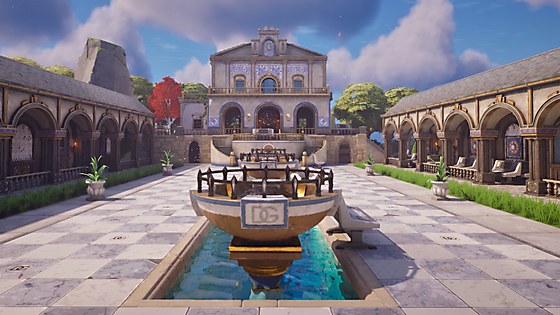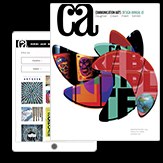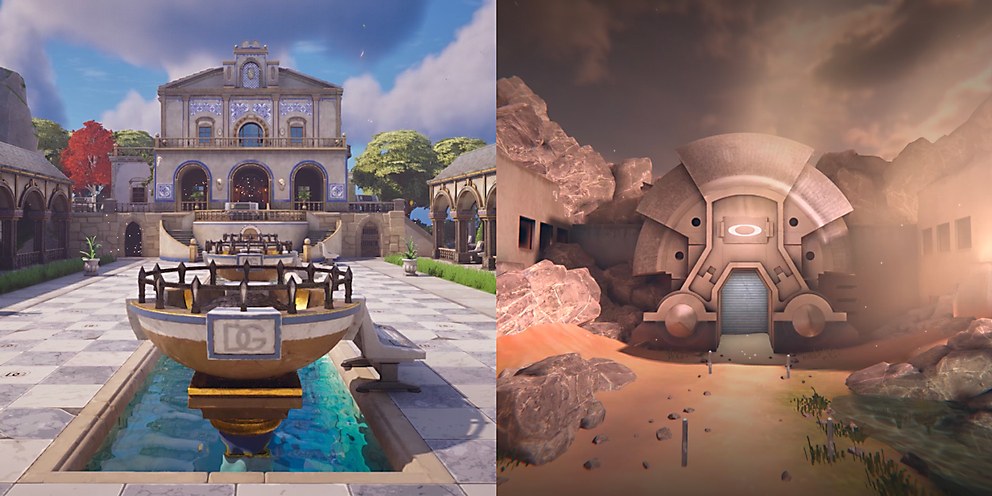Sponsored by MONOGRID
Immersive digital experiences—from brand-curated, explorable 3-D worlds to hyper-personalized, user-integrated digital campaigns—have evolved from a novel trend to a cornerstone of many digital marketing strategies. As technology continues to advance, the potential for vivid, brand-centric, and ambitious creative ideas has significantly increased. Today, the key to standing out is drawing audiences into a story they can actively interact, identify, and emotionally connect with to foster a deeper brand affinity through engagement.
Building on this shift from traditional, one-way communication to more participatory dynamics that create a two-way experience between audience and brand, forward-thinking companies are turning to specialized partners to understand how to evolve their storytelling to resonate, improve audience relationships by meeting them where they are, and effectively expanding their reach.
An example of this in action is the recent D&G Island activation, for which luxury fashion house Dolce & Gabbana tapped MONOGRID, a boutique digital agency that has developed immersive experiences for top names in fashion and beyond, to guide them on how to bring Gen Z and Millennials into their brand story in a new way.
Recognizing gaming as the most popular form of entertainment among these generations—as highlighted in a 2023 Deloitte report—MONOGRID chose to introduce the Italian label into the popular Fortnite gaming platform. With over 500 million registered players, 85% of whom are between the ages of 18-34, the vibrant Fortnite world offered an ideal channel for Dolce & Gabbana to extend their influence through a custom in-game adventure wherein MONOGRID seamlessly blended the designer brand’s signature aesthetic to craft a rich, immersive environment that complements the audience’s gaming experience.

“Playing brings people closer to branded messages,” says Francesco Bernabei, CEO of MONOGRID. “Incorporating Dolce & Gabbana’s iconic style into an immersive world on Fortnite, we've put users at the center of a narrative that connects them with the brand’s story, products, and values.”
The project is emblematic of the agency’s approach to transforming consumers from passive observers into active participants. “It is our job to ignite interaction, turning consumers into co-creators and explorers,” Bernabei continues. “The DG Island activation was about more than just reaching a large audience on a platform they are familiar with; it was about integrating storytelling, engagement, and community, ensuring a memorable impact.”

But in-game world-building represents only one executional facet of incorporating immersive brand storytelling experiences within a digital marketing strategy. Oakley’s Project 2075, another from MONOGRID’s portfolio, highlights a different dimension of merging technology and brand narratives within a digital campaign strategy by leveraging a company’s own existing channel: their website. This immersive web experience, released at the end of 2023, is an interactive story gamified to encourage exploration of Oakley’s rich history. As users navigate through different eras of the performance eyewear label, they don't just observe its evolution as a brand—they actively participate in it. “It’s not about presenting products anymore; it’s about crafting a journey where each interaction is a meaningful touchpoint in the brand-consumer relationship,” Bernabei points out.


One central theme emerging from both the Dolce & Gabbana and Oakley case studies mentioned is that despite being crafted with cutting-edge technologies and beautiful experience design, it’s the creative storytelling concept that makes them effective. It’s the idea that captures the audience’s imagination and emotions, increasing brand perception and recall. While both incredibly important, tech and design are tools used to bring a conceptual vision to life and enable audiences to better engage with brand stories through immersive experiences.
This strategic approach also aligns with new consumer expectations in the digital age, as Gen Z and Millenials are especially keen on having the ability to shape their interactions with brands. Companies must now craft experiences and touchpoints that are not only visually and intellectually stimulating but also emotionally resonant to provide a platform for these audiences to not only see but feel a part of the brand’s journey. Effective marketing now involves transitioning from linear storytelling to architecting immersive worlds.
Brand storytelling through immersive experiences is not without its own unique hurdles, though. “Looking ahead, we can anticipate challenges such as maintaining authenticity in increasingly digital experiences and ensuring that technological innovations do not overshadow the brand’s core message,” said Bernabei. “Additionally, as immersive experiences become more mainstream, brands will have to constantly reinvent and elevate them to capture and retain consumer interest. But that’s why they can turn to specialists like us.” ca













